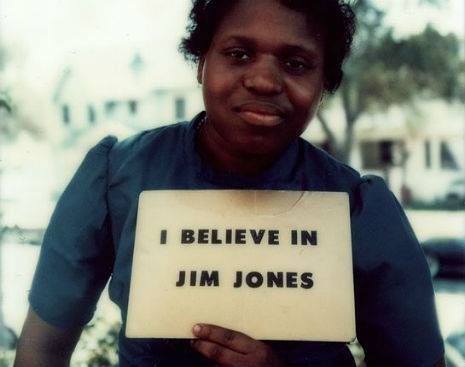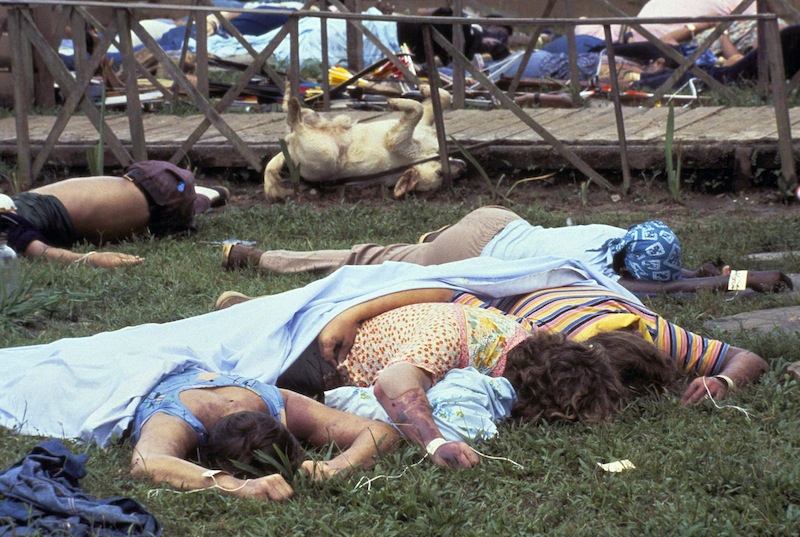OPTIONAL THEME:
KNOWLEDGE AND POlitiCS
POWER AND TRUTH
...and so long as I draw breath and have my faculties, I shall never stop practicing philosophy and elucidating the truth for everyone that I meet...
— Socrates. 399 B.C. moments before being condemned to death for "corrupting the minds of the young, and believing in deities of his own invention instead of the gods recognized by the State." In Plato's Apology; translation Hugh Tredennick
Snyder, T. (2017) On Tyranny: Twenty Lessons from the Twentieth Century. Tim Duggan Books of Penguin Random House, NY.
CLASS ACTIVITY I: SNYDER ON TYRANNY
We concluded the Democracy and informed citizenship unit with a jarring quote from Yale history professor and Holocaust scholar, Timothy Snyder. Snyder’s pocket-sized On Tyranny: Twenty Lessons from the Twentieth Century is a highly recommended summer read for TOK students. The two-part solo writing activity that follows hinges on a close reading of a pivotal chapter from Snyder’s book.
PART ONE
Read and annotate the Believe in Truth chapter (pp. 65-71)… Snyder declares that “truth dies in four modes.” The first is self-explanatory.
1. Open hostility to verifiable reality
2. Shamanistic incantation
3. Magical thinking
4. Misplaced faith.
Provide short written explanations for modes 2, 3, and 4.
PART TWO
View the State of Deception: The Power of Nazi Propaganda exhibition video produced at the US Holocaust Memorial Museum in Washington D.C.
Redraft and consolidate your three responses in part one to include compelling real life examples from the State of Deception video.
CLASS ACTIVITY II: SCIENTIFIC FUNDAMENTALISM
This class activity also works well with “Why trust science?” located in Natural sciences as an area of knowledge. It is based on the Harkness model for class discussion. In meta-cognitive spirit, take the time to explain to your students what is about to happen. Explain thoroughly the conventions of the Harkness method and intentionality that informs it.
This approach was inspired by the Close Up program based in Washington, DC and observations of my teaching colleague Nicholas Lewis in action, who is a master of the Harkness technique.
THE HARKNESS TABLE
The Harkness model for student discussion originated at the Phillips Exeter Academy. It is based on an iconic oval table. Arrange furniture in the room to approximate this. Here are the nuanced ground rules:
Learning happens collaboratively student-to-student
The teacher is a participant rather than the Socratic guide
Harkness discussion is a safe space, it is not about being right or wrong
Active listening is an expectation with everyone looking at the speaker
It is good to ask clarifying questions.
Silences are a feature of the Harkness table
Teacher may keep a tally of who speaks and may take notes about emerging salient points
GETTING STARTED
Arrange your classroom furniture in the best possible approximation of a Harkness table. Ask students to refer to their written responses based on Snyder’s chapter on truth and the Holocaust Museum nazi propaganda exhibition at the Holocaust Museum. Show the video for a second time. Provide a hard copy of the Bryan Appleyard quote on Scientific Fundamentalism. Printable pdf. Announce with some gravitas the following overarching knowledge question that will guide the Harkness Table discourse:
Based on the stimulus material in these three sources and with reference to your own experience, clarify your evolving perspective as a knower, and as an informed citizen, with regard to the relationship between power and truth in politics?
Start is by allowing students thinking time to let their ideas cook and prepare a few talking points. When the time feels right invite students to begin by referring to evidence in the sources or pose to questions. This should be encouraged to happen spontaneously and might be punctuated by extended respectful silences. Allow at least 25 minutes for the collaborative discussion. Resist the temptation to paraphrase or summarize at the end. Simply thank all participants collegially and let the discussion stand.
A Eugenic and Health Exhibit at the Kansas Free Fair in 1929. Photo source: PBS/Courtesy of American Philosophical Society: American Eugenics Society Records.
“Scientific fundamentalism is the belief that the world is accessible to and ultimately controllable by human reason. This is a profoundly unscientific idea. It is neither provable nor refutable. Obviously it is a leap of faith to insist that human reason is capable of fully understanding the world. We seem to have some access to its workings, but it would be wildly premature to believe that the human brain is capable of comprehending all reality…
That scientific fundamentalism is dangerous should be evident to any serious thinker looking back on the 20th century. Fascism was an anti-Enlightenment creed, but its most lethal expression in Nazism was founded on science. Hitler’s Mein Kampf leaned on the biology of Ernst Haeckel, which, at the time, was perfectly respectable. Communism, an ideology that sprang directly from the scientific Enlightenment, was based on Marx’s conviction that a science of history had been discovered. The slaughter of the Jews, Stalin’s massacres and Mao’s deliberate starving of millions were all executed by people persuaded they were justified by scientific insights.
Of course, it might be said this was bad science. But that is no more of an excuse than saying the Spanish Inquisition was bad religion. In that case, people twisted benignly intended human value systems to evil ends. There is nothing whatsoever in science - and this should be shouted daily from the rooftops of every scientific institution - that makes it immune from such abuses.”
INTERLUDE: A TRIO OF SECULAR MESSIANIC PATRIARCHS
CLASS ACTIVITY III: JONESTOWN
The Peoples Temple Agricultural Project, or "Jonestown," was a cult settlement in rural Guyana under the messianic leadership of Jim Jones. In November 1978, Jones led his followers in a "revolutionary” mass suicide. 918 people died, almost a third were children. Show the Jonestown video and click through the slideshow.







Tell students that you are allowing them a few minutes of silent reflection time to make their own connections between the Jonestown stimulus material and their Harkness conversations. Then, when the time feels right discombobulate them and unleash working in groups of three on the following Knowledge Question:
To what extent is faith/trust in strong, charismatic leaders always a negative thing?
Allow sufficient time for authentic class discussion.







